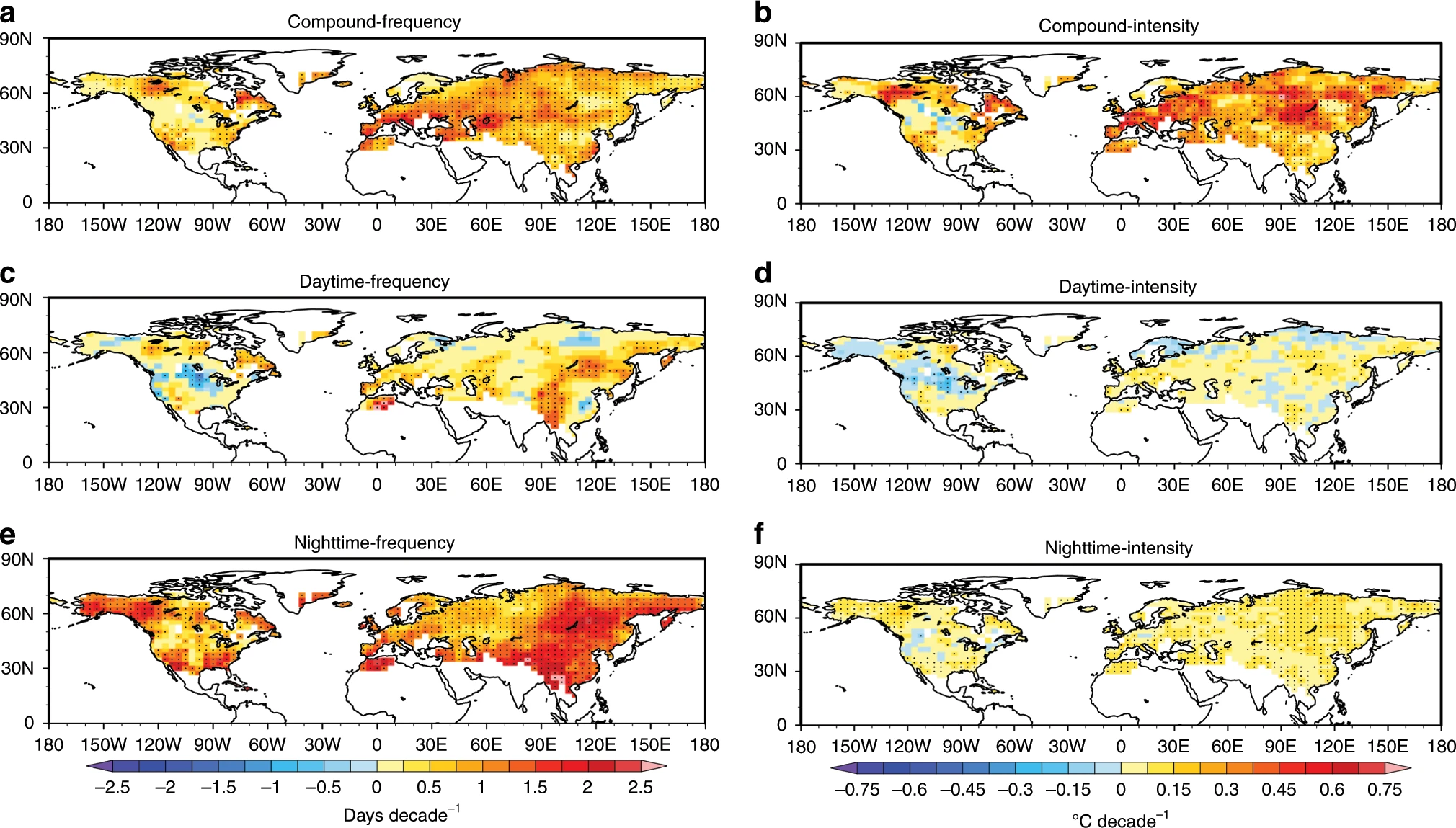Hottest month in over 120,000 years: Hot nights make it even more miserable.
July 2023 is the hottest month ever recorded on Earth. And we still have a few days to go before we flip the calendar to August.
According to Scientific American, “Because July is climatologically the hottest month of the year for the Earth as a whole, that makes July 2023 the hottest month since records have been kept and likely the hottest in 120,000 years, based on evidence of past temperatures found in ancient sediments and layers of ice, as well as on other paleoclimate records.”
Heat is the deadliest form of extreme weather, responsible for more human fatalities than floods, tornadoes, or hurricanes, according to National Weather Service statistics. And the heatwaves of this past month have broken records in the U.S., Mexico, China, Greece, Canada, among other locations.
Adding to the concern is that this temperature increase is seen not only in individual hot days or nights, but now it is also evident in high-temperature events on consecutive days and nights. For example, Phoenix had 10 days straight where the low temperature stubbornly remained over 90 degrees.

Daytime high and low temperatures in Phoenix, Arizona, over a 10-day period in July 2023. Image credit: The Guardian.
CNN reported, “Now, a new study projects that without steps to rein in heat-trapping gas pollution, as many as three-quarters of summer days across much of the Northern Hemisphere could feature nearly around-the-clock extreme heat by 2100.”
The inability to cool off after a hot summer day is unbearable for many, but it is particularly challenging for vulnerable populations such as the elderly and those in poor health. Heat waves in Europe and India have been linked to thousands of deaths. Last summer, 62,00 people died from heat-related causes in Europe.
Cool Nights Needed to Recover from Daytime Heat
A study, published in Nature Communications, explains the risks of compound heat extremes. “After experiencing a hot day, people tend to expect a cool night so they can recover from the daytime heat,” said two of the study’s co-authors, Dr. Yang Chen and Dr. Jun Wang. “Compound hot extremes with daytime heat and nighttime heat occurring in close sequence deprive humans of this chance at relief.”

Observed changes in summertime hot extremes. Image credit: Wang, J., Chen, Y., Tett, S.F.B. et al. , Nature.
The researchers from the Chinese Academy of Meteorological Sciences and the University of Edinburgh explored three types of temperatures events: Hot days with mild nighttime temperatures, hot night temperatures with mild daytime temps, and compound heat events, which occur when both the daytime and nighttime temps are elevated. They found that compound extreme heat events are on the rise. From 1960 to today, there are now about 5 more exceptionally hot days in the Northern Hemisphere, and these days are approximately 2.7 degrees Fahrenheit (1.5 degrees Celsius) warmer.
The researchers then conducted a series of analyses on their historical changes, mechanism explanations, quantitative detection and attribution, constrained projections, and future population exposure. The predictions are startling: If humans cannot curb the GHGs, many places in the Northern Hemisphere can expect around 69 days with brutal daytime and nighttime heat by 2100 — more than eight times more than in 2012.

Constrained projections of summertime hot extremes. Image credit: Wang, J., Chen, Y., Tett, S.F.B. et al. , Nature.
The Southern United States, Northwest and Southeast Canada, Western and Southern Europe, Mongolia, and Southeast China have already seen the largest increase in compound extreme heat days. Depending on how much reduction in greenhouse gases is achieved determines how much temperatures will continue to rise. If left unchanged, the compound heat events will become a regular experience for many by the turn of the century.
Data and code availability
The following data sets were utilized for the study:
- HadGHCND data (gridded daily temperatures)`
- The Berkeley surface air temperature data are available at the Berkeley Earth website.
- CRU data
- The NCEP-NCAR reanalysis
- The CMIP5 model outputs
The climate data were analyzed in MATLAB. Scripts are available from the study authors upon request.









Comments
To leave a comment, please click here to sign in to your MathWorks Account or create a new one.